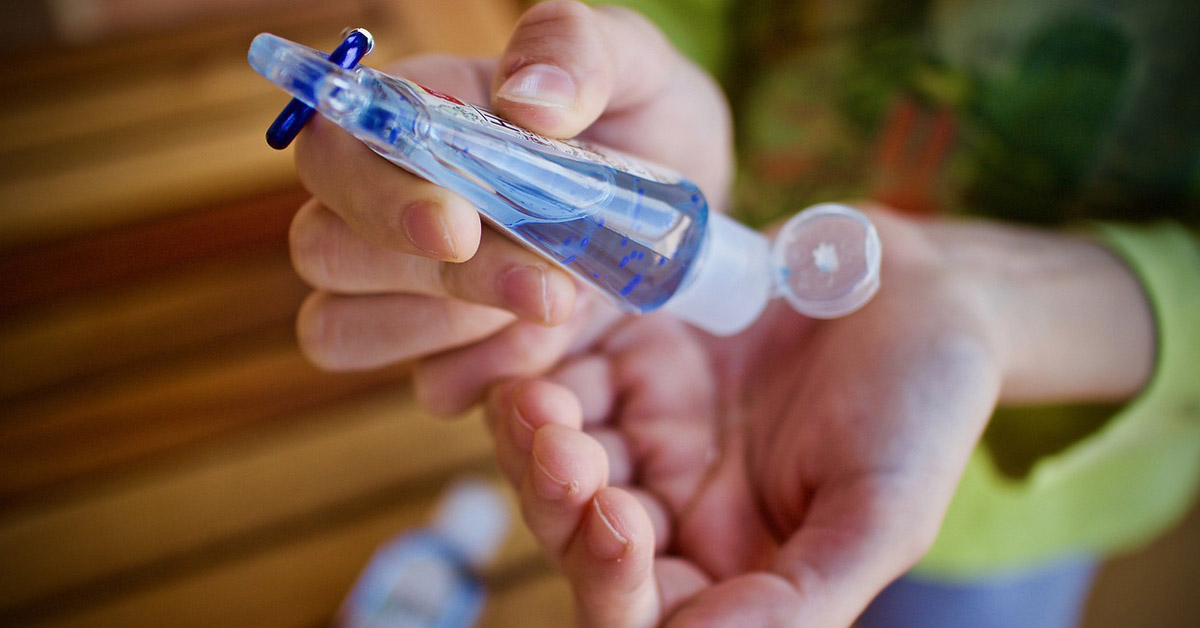
The Consequences of Bed Rest: Unraveling the Hidden Dangers of Prolonged Inactivity
Bed rest serves as a time-honored recommendation for both injury and illness. However, the drawbacks of bed rest include decreased heart volume, increased insulin resistance, skeletal muscle atrophy, muscle degeneration, triggering of neurodegenerative processes, and decreased oxygen uptake capacity. Most elderly patients do not engage in intensive or high-volume exercise after periods of bed rest and are more likely to quietly decrease their daily activities and self-care. The results are increased risk of fall injuries, disability, and mortality.1 Among geriatric patients, these consequences appear more rapidly and rehabilitate more slowly. Unfortunately, the effects of bed rest on seniors often go underappreciated and unaddressed.
Elderly Prove Vulnerable to Bed Rest
Elderly patients prove particularly vulnerable to the negative consequences of bed rest. Among a test sample of healthy subjects aged 67 and older, 10 days of bed rest resulted in more lean tissue loss than 28 days of bed rest caused in younger test subjects.2,3 The loss of maximum oxygen intake capacity was twice as pronounced among patients age 60+.4 For patients over the age of 75, two days or more of hospitalization is associated with increased disability in one out of ten cases.3 Where two weeks of rehabilitation restored insulin sensitivity among young patients, it did not among patients around age 70.5 Among elderly patients, when the negative effects of bed rest are not addressed assertively, injury, prolonged difficulties, and institutionalization become more likely.
In addition to a weakened body system, prolonged bed rest can also lead to feelings of helplessness, isolation, and dependence on others. These emotional stressors can contribute to the development of depression and anxiety. Reduced mental stimulation and physical activity may lead to cognitive decline and memory problems, particularly in older adults. Bed rest may disrupt the natural sleep-wake cycle, leading to sleep disturbances and daytime drowsiness.
The limitations imposed by bed rest can severely impact an individual’s overall quality of life, making them unable to engage in activities they once enjoyed. Mental health support should be provided to address the psychological impacts of bed rest. Social interaction and mental stimulation, even within the confines of bed rest, can help combat feelings of isolation and depression.
Medicare certified home health services offer a range of important benefits, including improved patient comfort and convenience, cost-effectiveness, continuity of care, better health outcomes, and the ability to support patients in their homes and communities. By integrating home health services into the healthcare system, we can enhance patient care, reduce healthcare costs, and promote overall well-being for patients in need of medical assistance. These services can include in-home physical therapy to help develop a safe exercise program that will help elderly patients maximize their recovery.
Mitigation and Rehabilitation
While bed rest may be unavoidable in certain medical circumstances, mitigating the consequences of prolonged inactivity is crucial. Healthcare professionals should carefully assess the need for bed rest and consider alternative therapies or rehabilitation exercises to minimize muscle atrophy, bone density loss, and cardiovascular complications. Physical therapy can help individuals regain strength and functionality while preventing further health issues.
The consequences of bed rest extend far beyond its potential benefits for healing and recovery. Prolonged inactivity can lead to muscle atrophy, bone density loss, cardiovascular complications, and a range of psychological and social challenges. As medical science advances, healthcare professionals must carefully weigh the risks and benefits of bed rest, opting for alternative approaches whenever possible, and providing comprehensive rehabilitation strategies to mitigate the negative consequences of extended bed rest.
References
- Narici M, De Vito G, Franchi M, Paoli A, Moro T, Marcolin G, Grassi B, Baldassarre G, Zuccarelli L, Biolo G, Di Girolamo FG. Impact of sedentarism due to the COVID-19 home confinement on neuromuscular, cardiovascular, and metabolic health: Physiological and pathophysiological implications and recommendations for physical and nutritional countermeasures. European Journal of Sport Science. 2020 May 12:1-22.
- Sourdet S, Lafont C, Rolland Y, Nourhashemi F, Andrieu S, Vellas B. Preventable iatrogenic disability in elderly patients during hospitalization. Journal of the American Medical Directors Association. 2015 Aug 1;16(8):674-81.






